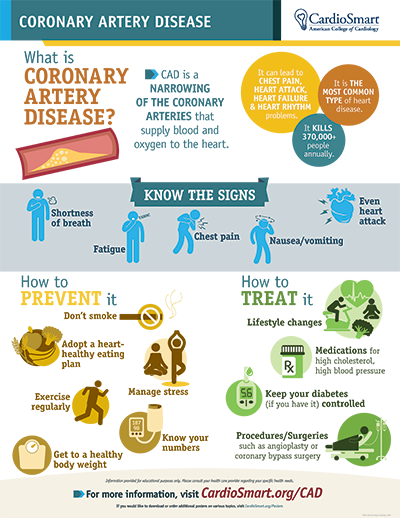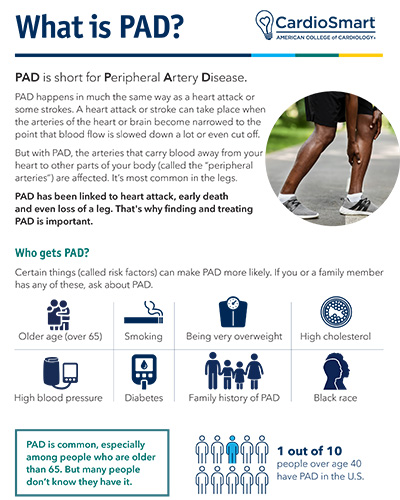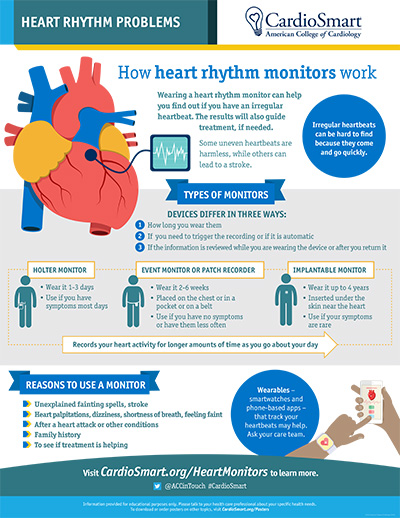Angina (Chest Pain)
Angina is a type of chest pain or discomfort that occurs when not enough blood flows to the heart muscle. Angina may feel like pressure in the chest, jaw or arm. It often occurs with exercise or stress. As the heart pumps harder to keep up with what you are doing, it needs more oxygen-rich blood. If this demand is not met, you may feel pain or discomfort in your chest. Some people with angina also report feeling lightheaded, overly tired, short of breath or nauseated.
If you have what is called stable angina, this pain or tightness is often triggered by a high level of activity, such as during stressful times or walking upstairs after an emotional discussion. In fact, you usually know when it might happen, perhaps during a specific exercise. Cold weather or eating large meals – both of which can make the heart work harder – can result in chest pain if you have heart disease.
Coronary Artery Disease
Coronary artery disease (called CAD for short) is the most common type of heart disease.
It happens when your coronary arteries – which act like fuel lines to supply blood rich with oxygen and nutrients to the heart – become damaged or diseased. The main cause is a buildup of fat and cholesterol in the blood that sticks to the inner walls of the arteries (this is also called atherosclerosis). An unhealthy lifestyle, including a poor diet and lack of exercise, increases your risk of developing heart disease. In some cases, a family history of CAD plays a role.
Peripheral Artery Disease (PAD)
Peripheral artery disease, or PAD, affects more than 8 million Americans. Many people don’t know they have it. But PAD is a very serious condition that has also been linked to heart attack and stroke.
If you have PAD, blood is not flowing well to your arms, legs, or kidneys and other vital organs. Lack of oxygen-rich blood can harm the nerves and tissues in these areas. That’s why having artery disease in your legs can make it hard to walk. You might have painful cramping or numbness.
Heart Attack
Your heart muscle needs oxygen and nutrients to work as it should. These are provided by the blood that flows through the blood vessels that go to the heart (coronary arteries). A heart attack (your doctor may call it a myocardial infarction, or MI) usually occurs when blood flow to the heart is suddenly cut off.
When this happens, the heart muscle is starved of oxygen-rich blood. In just a short period of time, part of the heart can be damaged or die. That’s why immediate care is critical — it can spare your heart and save your life. If you think you are having a heart attack, dial 911 immediately.
Heart Rhythm Problems
If you or your health care team thinks you might have an irregular heartbeat (an arrhythmia), they may suggest that you use a heart monitor at home to collect information about your heart’s activity. These devices are helpful because they provide more monitoring than is possible with a standard electrocardiogram (ECG) in your doctor’s office.
Using a heart monitor can help find or rule out a heart rhythm problem. It also will guide treatment, if needed.




